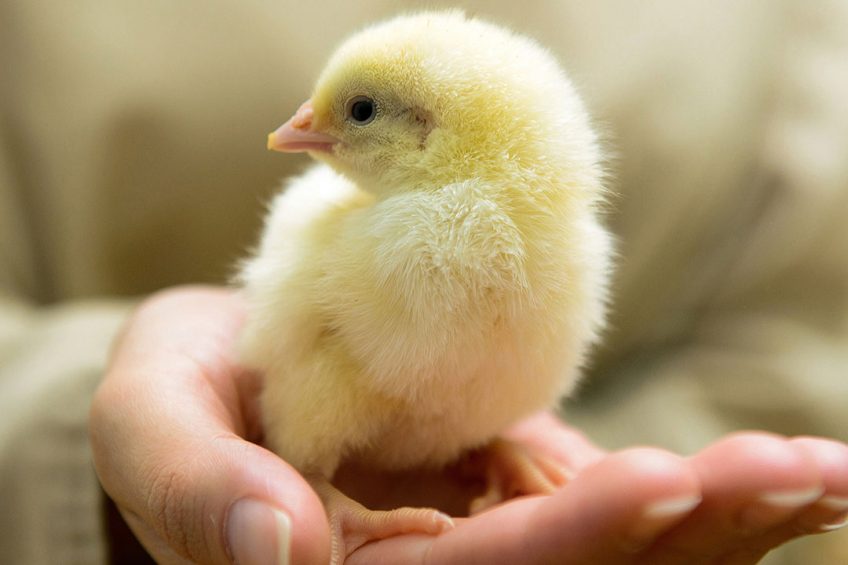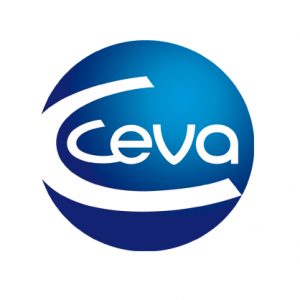Economic benefits of improving hatchery vaccination quality

There are many benefits for monitoring and improving the vaccination quality in hatcheries, this article will portray the economic benefits, using a field trial in Latin America.
Year after year, the poultry industry is growing considerably and with it the need to optimise traditional practices such as farm vaccination, which is moving to the hatcheries. In Latin America as in other parts of the world, many reasons can be identified for this change, being the ones related to the availability of well-trained personnel and therefore to the better control on the vaccination process, the more relevant reasons. In order to illustrate how these benefits can translate in economic value for a poultry integration company, over 3 years follow–up of a hatchery vaccination process was performed and the findings and results are described in this article.
The hatchery and the vaccination practices
A full monitoring of hatchery vaccination was performed in a hatchery located in province of Tolima, Colombia. The production of the integrator company is approximately 48 million birds per year. Two types of vaccination are performed in the hatchery, subcutaneous injection and spray. The overall results were monitored over four years (2016-2019)(Figure 1).
- Part 1. Subcutaneous Vaccination.
- Part 2: Spray Vaccination.
Figure 1 – Improvement of the vaccination quality for subcutaneous injection over 4 years (2016-2019).

Click here to enlarge this figure
Findings about subcutaneous vaccination
At the beginning of the experience, the hatchery was fully equipped with injector machines with a single-needle injection (Equipment A). Problems related to the functioning, such as dropping the vaccine inside the machine, irregular dosing during the vaccination process (impossible to adjust the dose). Additionally a low quality of subcutaneous injection were reported by the company which was confirmed after regular monitoring of monthly vaccination sessions (Figure 2).
Figure 2 – Comparison of performance of Equipment A and Equipment B (Desvac Dovac Double) over the incidence of vaccination failures (%) over 1 year.

Click here to enlarge this figure
Subsequently, in the first 3 months of observation, about 33% of equipment A was replaced by a new double-needle injector, Desvac Dovac Double (Equipment B) and the vaccination quality evaluation was continuously performed. After 6 months of follow-up, about 100% of the equipment B was installed and the results are shown in Figure 3.
The figure shows how in the first 3 months of observation (May, June, August) the vaccination quality percentages were as low as 87.1% and 89.5%. When that equipment was changed, the percentages of vaccination quality increased to 95.4% up to 98.4% progressively in the following months. This was explained by the adapted functionalities of the new injector such as dosing adjustment leading immediately to less loses due to vaccine waste, but more importantly, it can be explained by the continuous monitoring and training of the operators and to the regular preventive maintenance put in place, those factors made the injection failures dramatically decrease for a better quality of day- old chicks.
Figure 3 – Evolution of the vaccination quality over one year including equipment change.

Click here to enlarge this figure
Improvement of the injection quality on the economic value
During this study, the poultry company obtained an important economic benefit. Indeed, since the day- old chicks presenting any bleeding after injection were not sent to the company farms and were discarded, the massive improvement was translated very quickly on extra value for them. With the use of the new equipment (Desvac Dovac Double) in the whole vaccination line and the monitoring programme in place (The C.H.I.C.K Program), an extra 2.6% additional day-old chicks were sent to the farms, which represented for the company over 104,000 more birds. Translating this into field productivity and taking into account a total mortality of 5.4% at the end of the cycle, it meant that approximately 98,384 more birds were sent to slaughterhouse. Considering that the birds are usually slaughtered at 2.3 kg, this represented about 226,283 more kilograms of meat processed. Assuming a production cost of USD$ 1,00 per kg of meat, we can estimate the economic value at about $ 226,283 per month or $ 2,715,000 per year, which is over $ 56 USD per 1000 birds (Table 1).
Table 1- Summary of the estimated economic value obtained after improvement of the vaccination quality in the hatchery over 1 year.

Click here to enlarge this table
Findings about spray vaccination
At the beginning of the observation period, the hatchery had been working with a 2-nozzle spray cabinet with conical type spray. When some deficiencies on the dosing accuracy as per crate coverage and uniformity were evident, the decision was made to install a new more performant 4-nozzle spray equipment (Desvac Hatch Spray). This new equipment ensured complete coverage and uniformity of droplets over the crate. Thanks to these, a better performance was seen on the sanitary status of the chicks on the farm. Moreover, during monitoring, an additional need to accelerate the vaccination process and consequently, to speed up the time for processing the chicks was also identified. Therefore, a new automated equipment in line was installed (Desvac In Line).
Figure 4- Differential (%) of dosing accuracy per month using different types of spray equipment.

Click here to enlarge this figure
Figure 4 shows the dosing discrepancies with the 2 nozzles-equipment showing a differential of vaccine consumption of up to 26% overdosing, that means that almost 30% more vaccine was consumed than day-old chicks were hatched. When installing and starting to work with the 4-nozzle equipment, that average monthly differential dramatically reduced to 0.3%. and progressively dropped to lower than 0.03% by using the automated in line sprayer.
Figure 5- Impact over the extra-time for operators doing spray vaccination with manual cabinet versus in line sprayer.

Click here to enlarge this figure
As shown in the Figure 5, the extra time in hours per day was higher (over 3 hours/day) the first months of the observation (January-October). During October the in-line sprayer equipment was installed. Besides a huge improvement of the vaccination quality, it was evident that the vaccination process was accelerated by 50% versus the time with a spray cabinet. Indeed, while about 20,000 birds were vaccinated in 30 minutes with the cabinet, the same number of birds were vaccinated between 10 and 15 minutes with the in-line sprayer. Economically, the company has taken economic advantage from this automation, because with cabinets, the staff had to be paid extra hours for the work done after 8-hour of chick processing.
Multiple benefits
- Hatchery vaccination has become a very important tool for the administration of vaccines by different routes. This process can either generate benefit or put the company economic benefits at risk if it is not continuously monitored. Different factors can impact the vaccination quality such as the regular training of operators, performance of the vaccination equipment and preventative maintenance.
- In this experience, in relation to subcutaneous vaccination, over 4 years, the vaccination quality dramatically improved from 88.2% to 98.5%. It was determined that in only one year, +2.6% improvement on the vaccination quality can lead to over $ 56 economic value per 1000 birds produced.
- In relation to spray vaccination, the dosing discrepancy was dramatically improved from 15% (in average) to less than 0.03% with in-line sprayers on top of the better homogeneity and uniformity of the vaccine administration. Additionally, a direct economic benefit was recorded since the in-line sprayer reduced the time of process by 50% and consequently reduced the extra time paid to operators.
- Finally, an objective evaluation under a standardised protocol and recording clear quality indicators over the time, allows companies to build their baselines and to make the best decision to improve productivity.
Authors: Ferney Jiménez, Ceva Animal Health Colombia, Eduardo Macchi, Ceva Animal Health Latin America and Paola Cruz-Dousdebes, Ceva Santé Animale, France






